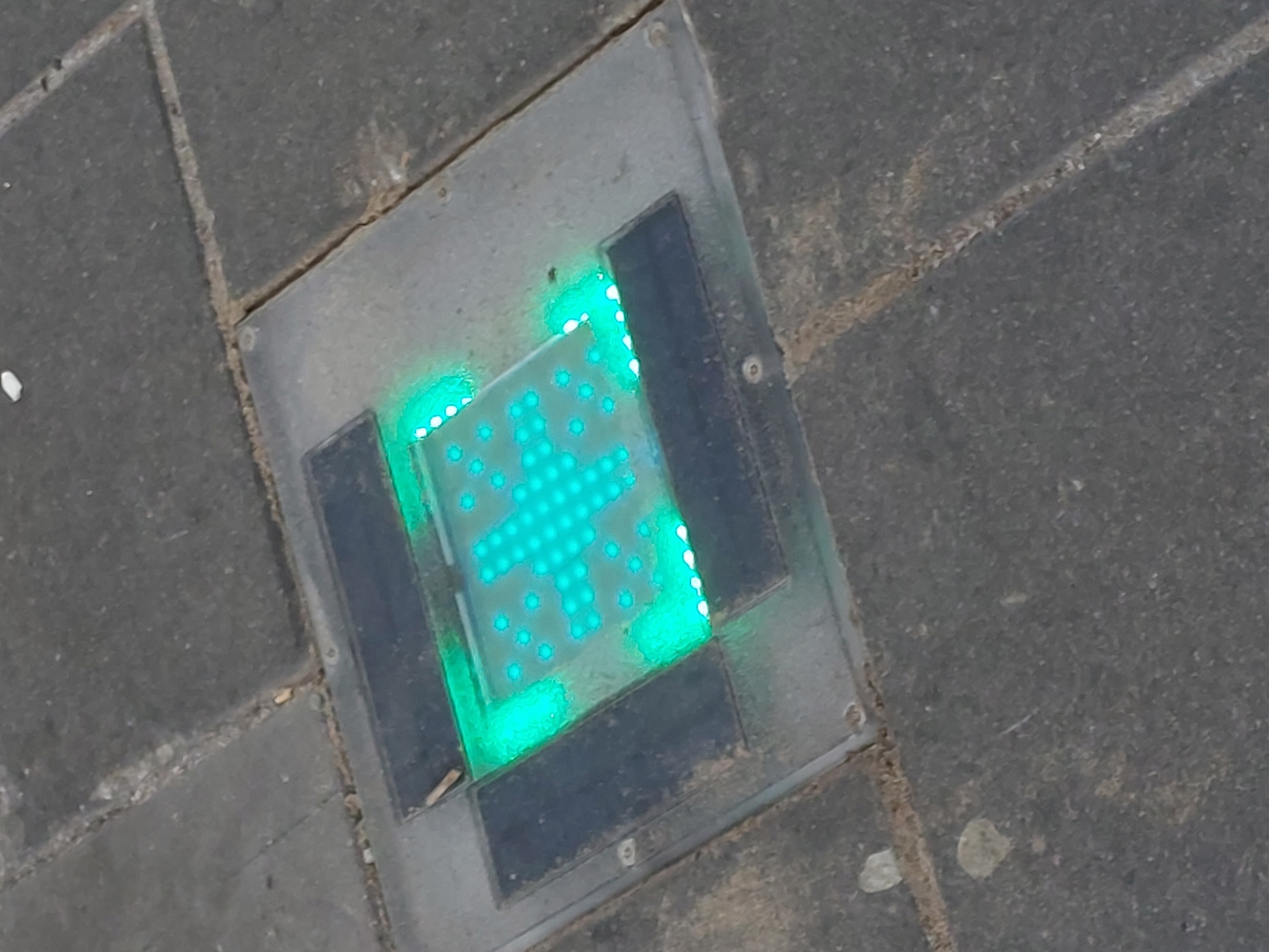

Project: Master Thesis - SBIR
A train station tile with a screen and radar.
What is it for?
The SBIR tile is made for a contest set out by ProRail. They want to find a way to make the train platform safer in a modulair and non obtrusive way. Since trainplatform are getting more crowded, ProRail want to find a way, to spread people more evenly accros the train platform. The SBIR tiles wants to this by nudging people from crowded areas to less crowded areas.
What can it do?
The SBIR/smart tile created by KITT engineering is a smart tile that can detect the amount of people on the platform using radar. This is done by a radar located in the tile, but also bigger radars placed on the train platform. Besides the radar there also is a screen located on the tile for displaying images for the passengers to see. This together can be used to detect a crowded and non crowded area on the platform have people spread out more. The tile is completely autonomous since it communicates over LORAWAN and has a battery with solar panels. The size of the tile is the same as the normal tiles used on the train platform. This means you can simple replace a normal tile without also needing to lay cables.
What did i do?
For my thesis the initial goal was to use the tile to nudge people to a less crowded area. However to do this the tile needed to be able to detect the amount of people on the platform. And also run for a long time, and most tiles where empty. This is why in the end I worked on three parts of the project.
- Radar detection
- Battery management
- Noticeability
I also created a small module for within the tile, that can store raw data generated in the tile. Since the tile has no storage, and LoRaWAN is to slow to send a lot of data over.
Radar detection
There are two types of radar in the tile (doppler and continuous wave), and there are also two radars on the platform besides the tile. I tried to work with the bigger radars on the platform, however the data was at the moment not usable since it was not setup properly yet. In the tile only one radar was implemented (doppler) and that was the one it focused this part of the research on. The radar is non directional so i mostly wanted to see how well the radar can diffrientiate between people and other objects how many people walked past it. This is why a analysed the data by testing various scenarios (amount of people, distance from tile, speed, and walking patterns with two people).
Battery management
To make sure the tiles can run all year with just the battery as a buffer and there solar panel. I analysed both how much solar energy the tile can generate throughout the year, taking account how much the batteries can store. But also how much power each components uses to see how often for example the screen or radar can be used.
Noticeability
Lastly to make sure the tile can be used for nudging, people have to notice the tile while it displays something. This is why I showed a icon on the tile, and counted how many people showed a reaction to it.